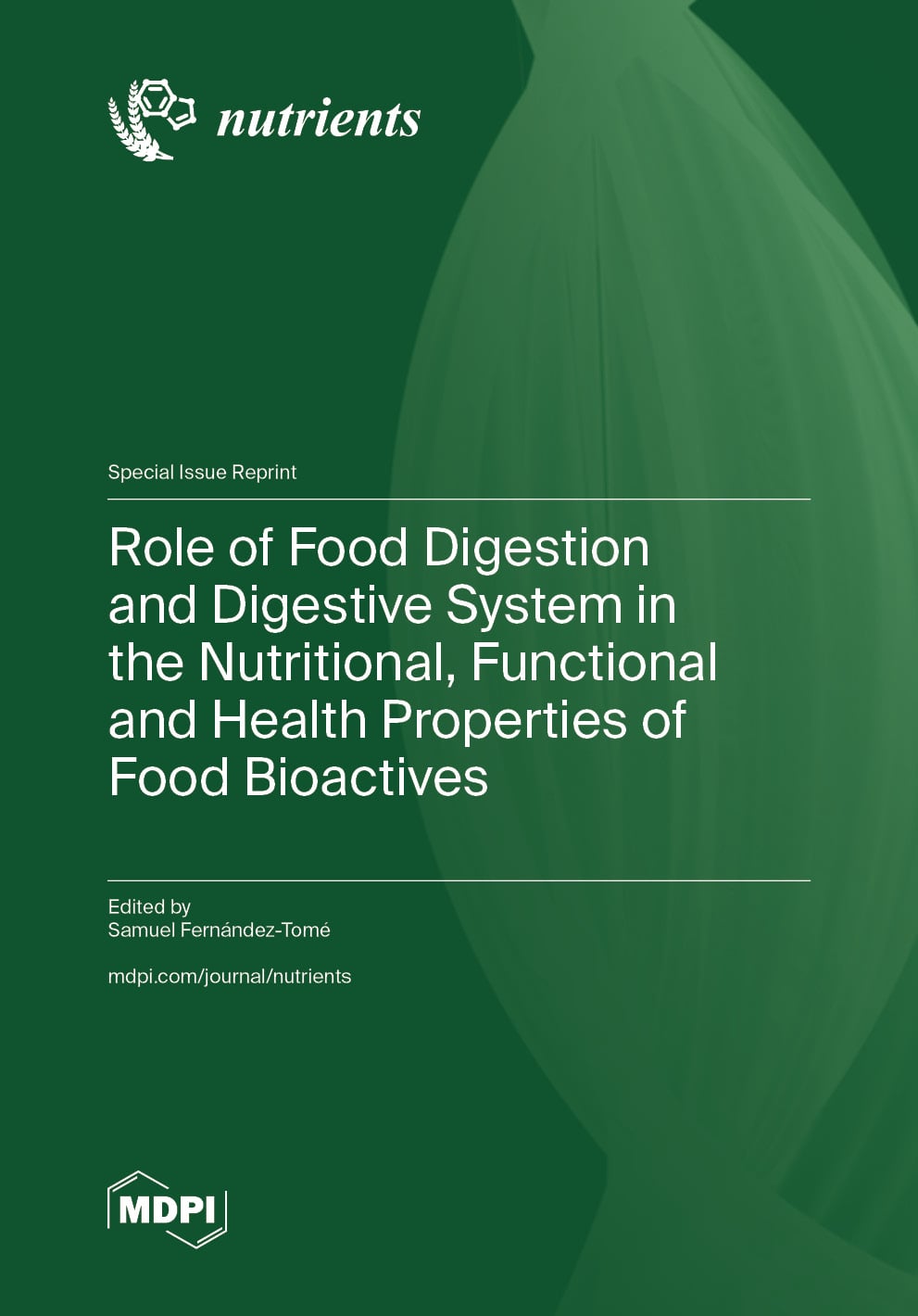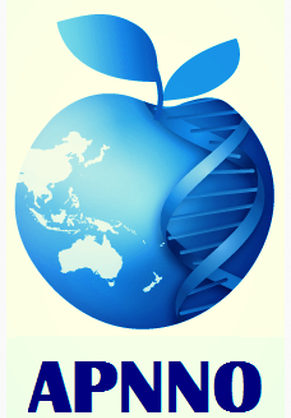- 5.0Impact Factor
- 9.1CiteScore
- 13 daysTime to First Decision
Nutrients
Nutrients is an international, peer-reviewed, open access journal of human nutrition published semimonthly online by MDPI.
The Asia Pacific Nutrigenomics Nutrigenetics Organisation (APNNO), Italian Society for Pediatric Gastroenterology, Hepatology and Nutrition (SIGENP), Nutrition Society of New Zealand (NSNZ), Ocular Wellness & Nutrition Society (OWNS) and others are affiliated with Nutrients and their members receive discounts on article processing charges.
Indexed in PubMed | Quartile Ranking JCR - Q1 (Nutrition and Dietetics)
All Articles
News & Conferences
Issues
Open for Submission
Editor's Choice
Reprints of Collections

Reprint
Role of Food Digestion and Digestive System in the Nutritional, Functional and Health Properties of Food Bioactives
Editors: Samuel Fernández-Tomé

Reprint
Effects of Plant Extracts on Human Health
Editors: Fátima Regina Mena Barreto Silva, Diana Marcela Aragon Novoa




